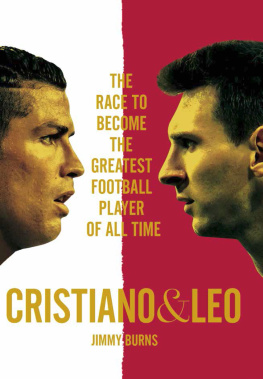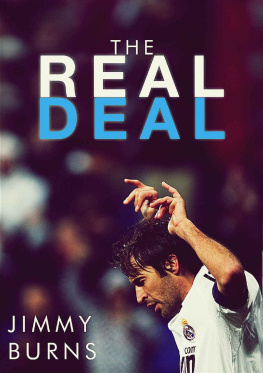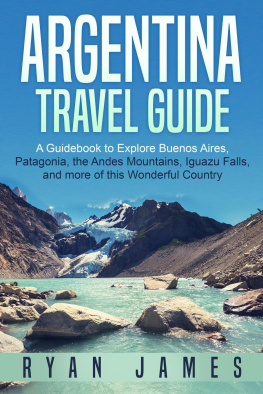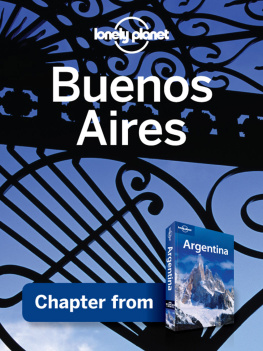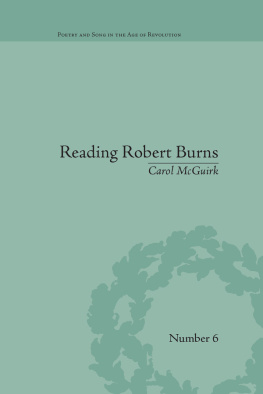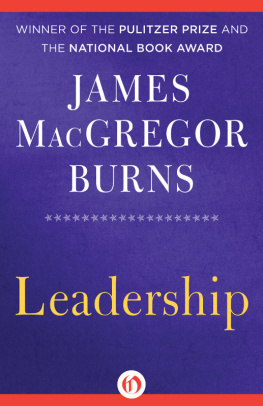BEYOND THE SILVER RIVER
South American Encounters
JIMMY BURNS

TO JULIA AND MIRIAM, OUR DAUGHTERS BORN IN SOUTH AMERICA
he felt an urgent need to escape somewhere from the skyscrapers, the traffic blocks, the sirens of police cars and ambulances, the heroic statues of liberators on horseback
Graham Greene, The Honorary Consul
Mientras escribo estoy ausente
y cuando vuelvo ya he partido:
voy a ver si a las otras gentes
les pasa lo que a m me pasa,
si son tantas como soy yo
si se parecen a s mismos
y cuando lo haya averiguado
voy a aprender tan bien las cosas
que para explicar mis problemas
le hablar de geografa.
Pablo Neruda
(While I write I am absent and when I return I have already left; I am going to find out if other people experience the same thing as I do, if they are as many as I am, if they look like each other, and when I have found all this out, Im going to learn things so well that in order to explain my problems, Ill talk of geography.)
Contents
My link with South America began more than four hundred years before I was born. An ancestor on my Spanish mothers side, called Maran, was a member of that army of criminals, romantics and adventurers known as the conquistadores who were responsible for the conquest of the Indian populated lands of the New World. He left Spain in 1572 and, lost finally in the impenetrable maze of the Amazon, gave his name to one of the rivers two major tributaries. The Rio Maran flows between the jungle and the Andes across what is today part of northern Peru.
Gregorio Maran, my maternal grandfather, was a traveller too. In his flat in Madrid, where I was born, there was a library filled with travel books written over the centuries by Spaniards, Englishmen, Italians, Germans and Frenchmen who had made their way across the Atlantic in the footsteps of Don Pedro. To understand what travel means, my grandfather used to say, you have to follow Don Quixote down into the Cave of Montesinos and fall asleep. Then, when you wake, you will never be quite sure what is real or imagined. But it will be an undeniable experience all the same.
It was a philosophy my father, Tom, subscribed to from an early age. He was born in Chile, the son of a Scotsman and an Anglo-Chilean. In 1906, when he was only six months old, the roof of his home in a seaside town on the Pacific coast collapsed on top of him during the biggest earthquake Chile had ever had. He was saved from certain death by the timely intervention of his wet nurse - a large woman who managed to spread herself across him before taking the full weight of the falling masonry on her broad back. Miraculously, they both survived.
My parents sent me for my formal education to Stonyhurst in the north of England. This was no ordinary English public school. Gerard Manley Hopkins wrote some of his poetry there and Arthur Conan Doyle, the creator of Sherlock Holmes, was expelled by the Jesuits who ran it. Stonyhurst was therefore a place where anything could happen. Even ghosts. We were told that many ghosts lurked in the colleges treasured Arundel library. The Jesuits saw the warning as a way of ensuring that this particular area of the building remained strictly out of bounds to all but the most rebellious. One night, when I was thirteen, I crept down the librarys sombre corridors and caught a glimpse of an arrogant figure, holding an alligator under his arm. It was a painting of Charles Waterton, one of the English writers in my grandfathers library - an old Stonyhurst boy who had left for South America in 1812, on the first of several journeys. Watertons ghost evaded me that night but, in the chill of the library with its priceless treasures and stuffed South American birds, my imagination was further stirred.
Waterton was the first of a line of British explorers who in the last century and the early part of this one travelled to South America. The majority of them, men like W. H. Hudson and Robert Cunningham Graham, did most of their travelling in Argentina, creating a considerable proportion of that countrys early literature. Their writings contain a wealth of detail and insight into a little-known territory of the world, and much of it is tinged with the freshness and excitement which comes with exploration.
South America remains the worlds least discovered continent. Travellers tales have not tamed it, and therein lies its continuing fascination. Those of us who have had the fortune to live and work there may touch on some of the same places, encounter similar landscapes, but our reactions will rarely be the same. Each South American country is idiosyncratic - it brings out our individual fantasies and forces us to interpret anew. This book is drawn from the diaries I kept during the five years my wife, Kidge, and I lived in South America. During this period I was working as a journalist in Buenos Aires, although we travelled extensively throughout the continent. Our journeys were usually taken towards the end of the year because this is the summer period in the southern hemisphere, when the days are longest and when Kidge was given time off by her school.
Our visits to Uruguay and Paraguay were always brief, and we returned to London before ever getting to know Venezuela and Colombia. So I have drawn on our experience in six countries - Argentina, Brazil, Peru, Ecuador, Bolivia and Chile, which between them claim to capture the spirit of a continent.
The identities of several characters have been disguised so as not to put them at any kind of risk. My encounters with them were more often than not on the grounds that I was a traveller rather than a journalist and our conversations were those simply between the curious and the enlightened, and not for the record. I have tried wherever possible to stick to a chronology, but the book incorporates thoughts I wrote down in no particular order while living in Buenos Aires, and compresses into the main journey some minor travels that took place at different stages between 1982 and 1985. Though she might seem to have been a silent witness on many of our journeys, I wish to note a special debt to Kidge, a source of constant companionship and inspiration throughout our travels, and to my parents, Tom and Mabel, whose union of cultures made this book possible.
1
Escape from Buenos Aires
Whatever you do, Jacobo Timerman had told me, just before Kidge and I left London for South America, dont start writing about Florida Street. All foreigners begin that way. But thats not Buenos Aires, let alone South America.
Timerman had only recently been released from an Argentine prison where he had been tortured and told he was a Jewish pig. We had met for lunch in Covent Garden, across the road from the offices of Amnesty International.
So where do I start? I asked him.
In Pompeya, Timerman said.
And so we started in Pompeya. It was a poor suburb of Buenos Aires, in drab concrete and fading pink, which had nevertheless managed to preserve within its boundaries an image of what the city had once been. The bustle of the old port, from where Argentina had once fed half the world with its grain and beef, had moved to the Mercado del Pjaro, Pompeyas bird market, where men in white overalls haggled over prices and feathers danced and dived amidst the crowds like the remnants of a gigantic pillow fight. More than a century ago, the English naturalist W. H. Hudson, recalling his first visit to Buenos Aires, had marvelled at the gathering of the lavanderas, the washerwomen. The ceaseless gabble, mingled with the yells and shrieks of laughter of the black women, had reminded him of the sound made by a great concourse of gulls, ibises, godwits, geese, and other noisy water-fowl on some marshy lake of the


